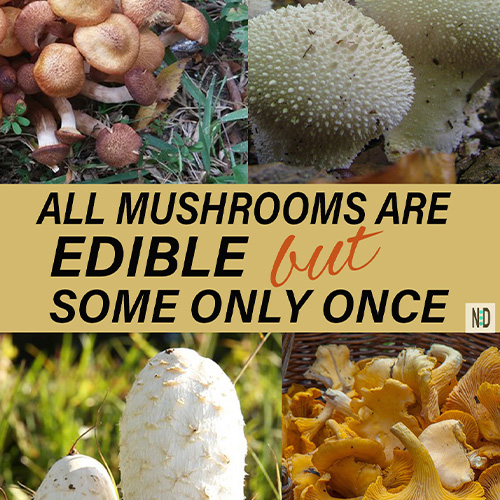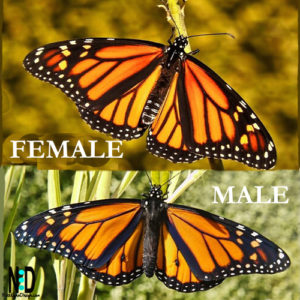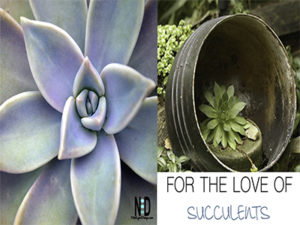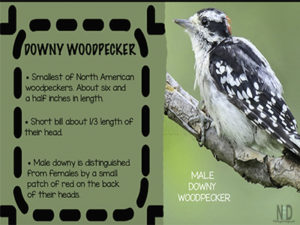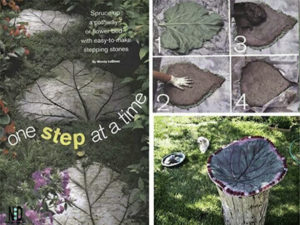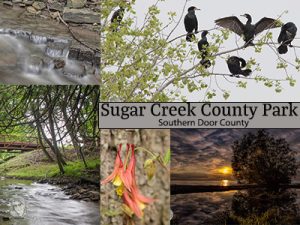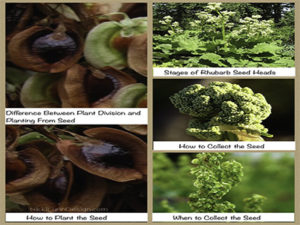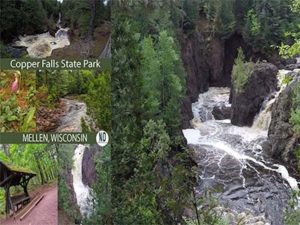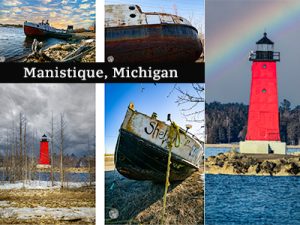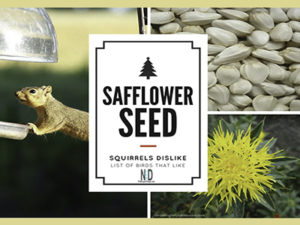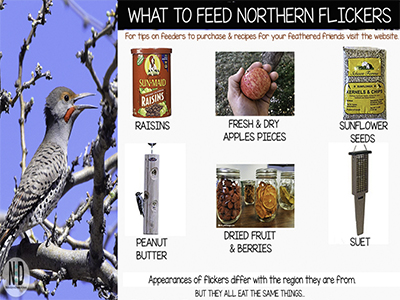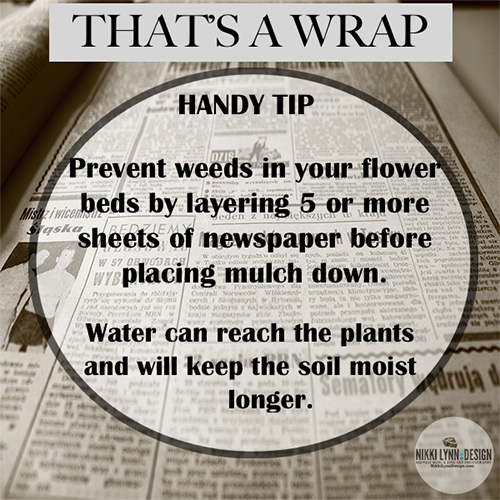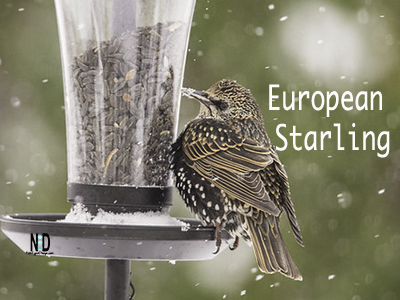All Mushrooms Are Edible, Or Are They?
All mushrooms are edible, but some only once—or so the saying goes! This witty warning reminds us that while the Midwest woods are bursting with edible fungi, safe foraging requires careful identification. Join me on a rainy Wisconsin adventure where I uncover the secrets of mushroom foraging—and learn why caution is key!
A Serendipitous Meeting in the Woods

The weather has been relentlessly gloomy, with rain soaking our fall and now spring. While I’m weary of the drizzle, it’s a boon for one thing: mushrooms.
The damp soil and dead wood of Wisconsin’s forests are teeming with fungi, making it the perfect time to explore.
Today, between rain showers, I escaped my computer screen for a walk in the woods, where a chance encounter sparked my latest foraging obsession.
While examining a patch of lichen, I heard rustling behind me. Two familiar faces emerged, wicker baskets in hand—the same mushroom hunters I photographed last spring with their impressive haul. It seems I’m drawn to the same fungi-rich spots they are! (Pun intended.) They were kind enough to share their expertise, answering my questions about their finds and how they identify edible mushrooms. Their passion inspired me to dive deeper into the world of Midwest mushroom foraging.
Rain Is a Forager’s Friend
Rain transforms the Wisconsin woods into a mushroom paradise. The moisture breathes life into dead logs and soil, sprouting chanterelles, shaggy manes, honey mushrooms, and morels in abundance. But with great fungi comes great responsibility—knowing which mushrooms are safe to eat is critical.
How to Safely Forage Edible Mushrooms in the Midwest
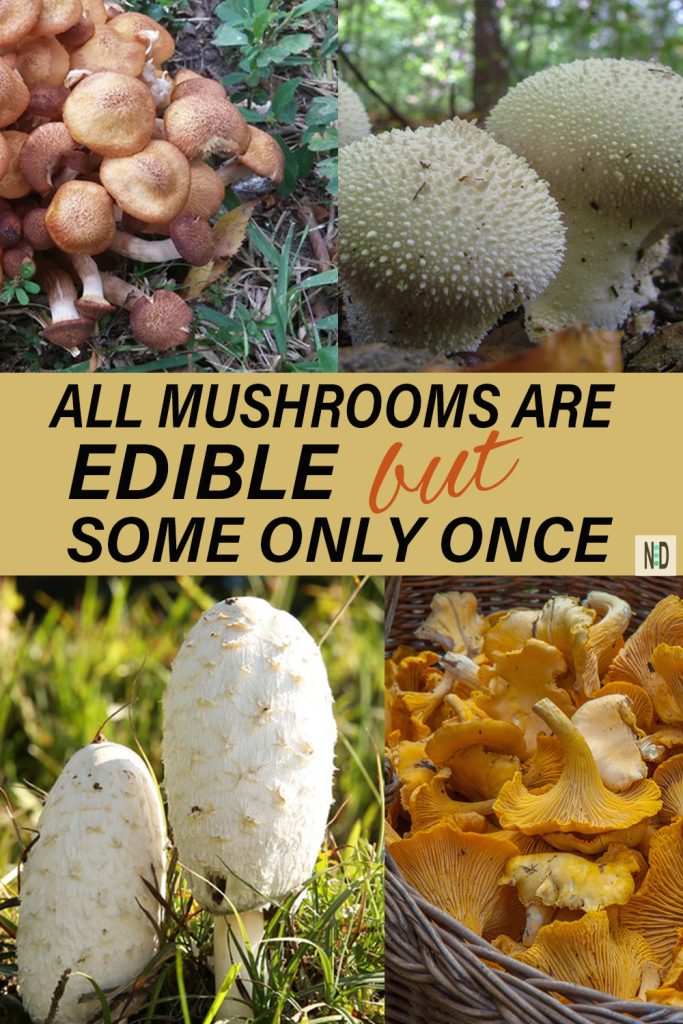
Mushroom foraging is rewarding but demands caution. Misidentifying a mushroom can lead to serious illness or worse, as some edible species have toxic look-alikes. Here’s how to forage safely:
• Consult Experts: Always verify your finds with an experienced forager or mycologist. Internet sources alone aren’t enough.
• Use Reliable Resources: I recommend Mushrooms of the Upper Midwest: A Simple Guide to Common Mushrooms (Amazon link). This beginner-friendly guide organizes fungi by shape and color, with clear photos and descriptions specific to our region. Pair it with a complete mushroom foraging kit – which has a folding knife for clean harvesting and everything you need to start.
• Start Small: If trying a new edible mushroom, eat a small portion first to test for sensitivity.
• Know the Look-Alikes: Study toxic counterparts to avoid deadly mistakes (see table below).
Common Edible Mushrooms and Their Toxic Look-Alikes
| Mushroom | Key Features | Toxic Look-Alike | Key Differences |
|---|---|---|---|
| Chanterelle | Golden-yellow, wavy cap, ridges under cap | False Chanterelle | True chanterelles have ridges, not gills; false ones are brighter orange. |
| Shaggy Mane | White, shaggy cap, turns inky with age | Chlorophyllum molybdites | Toxic; has green spores and grows in grass, not woods. |
| Honey Mushroom | Yellow-brown cap, white spores | Deadly Galerina | Toxic; has brown spores and a fragile ring on the stem. |
| Morel | Honeycomb cap, hollow stem | False Morel | Toxic; has a cottony interior, not fully hollow. |
Midwest Mushrooms to Know
Here’s a closer look at the mushrooms my hunter friends were gathering, plus tips for identifying and using them:
Chanterelles (Cantharellus cibarius)
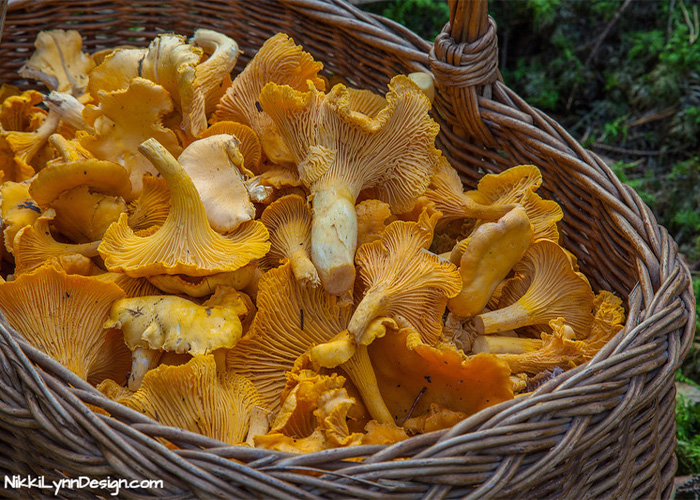
Chanterelles (Cantharellus cibarius)
• Season: June to September in the Midwest.
• Features: Golden-yellow, funnel-shaped caps with ridges (not gills) underneath. Often found under oak trees.
• Uses: Sauté in a non-stick skillet with butter for a rich, earthy dish.
• Tip: Double-check for false chanterelles, which are toxic and have true gills.
A Simple Chanterelle Sauté Recipe
After chatting with the hunters, I was inspired to cook some chanterelles. Here’s a quick recipe to try:
• Ingredients: 1 cup fresh chanterelles, 2 tbsp butter, 1 clove garlic, salt, and pepper.
• Instructions: Clean chanterelles with a mushroom brush. Melt butter in a non-stick skillet over medium heat. Add minced garlic and chanterelles, sautéing for 5–7 minutes until golden. Season with salt and pepper. Serve over toast or with pasta.
• Tip: Store fresh mushrooms in a breathable mesh bag to keep them fresh.
Shaggy Mane Mushroom (Coprinus comatus)
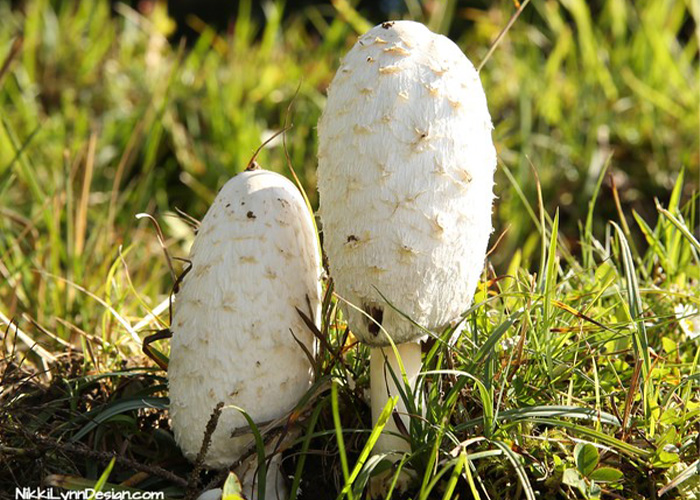
Shaggy Mane (Coprinus comatus)
• Season: Late summer to fall.
• Features: White, shaggy caps that turn inky as they age. Found in grassy areas or disturbed soil.
• Uses: Cook thoroughly in a cast iron skillet for soups or sautés. For crafters, boil shaggy manes in an iron pot with ammonia to dye wool a bayberry shade, or use a regular pot for a green-gray hue (perfect for my Midwest-inspired projects!).
• Tip: Harvest young shaggy manes before they start to dissolve.
Honey Mushrooms (Armillaria mellea)
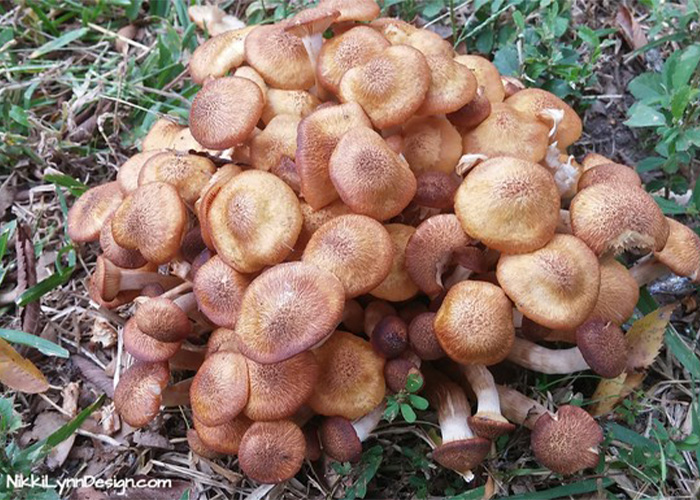
Honey Mushrooms (Armillaria mellea)
• Season: Late summer to early fall.
• Features: Yellow-brown caps, often in clusters on wood. White spores and a ring on the stem.
• Uses: Great in stir-fries or stews, but cook thoroughly.
• Tip: Beware of toxic look-alikes like the deadly galerina.
When oak tree leaves reach the size of a mouse’s ear and soil temperatures reaches above 50 degrees, morals awaken. Look for spring plants like mayapples and trillium blooming and spring rains creating moist soil.
Morels (Morchella spp.)
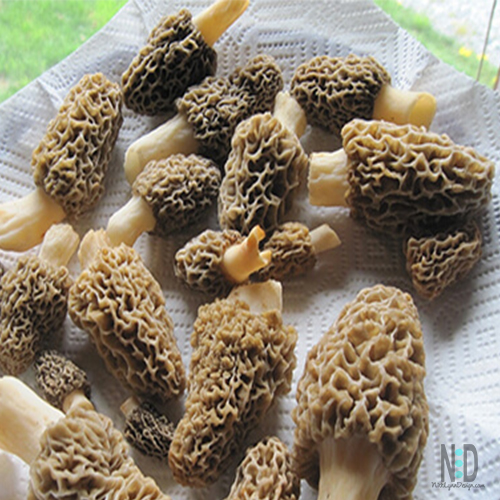
Morels (Morchella spp.)
• Season: April to May in the Midwest.
• Features: Honeycomb-like caps, fully hollow inside. Prized for their nutty flavor.
• Uses: Sauté or add to creamy sauces.
• Tip: Always cut open morels to confirm they’re hollow, distinguishing them from toxic false morels.
Top 10 Safety Tips for Mushroom Foraging
1. Educate Yourself: Study regional mushrooms using field guides like Mushrooms of the Upper Midwest.
2. Start with Easy Species: Morels and chanterelles are beginner-friendly due to their distinct features.
3. Consult Local Experts: Join a Wisconsin mycological club for hands-on guidance.
4. Avoid Solo Foraging: Go with experienced foragers until you’re confident.
5. Never Eat Unknowns: Only consume mushrooms you’re 100% sure are safe.
6. Check Regulations: Some Wisconsin parks require foraging permits.
7. Use Multiple Guides: Cross-reference with books and apps for accuracy.
8. Know Poisonous Varieties: Learn toxic look-alikes like false morels or deadly galerinas.
9. Carry Tools: Bring a foraging knife and mesh bag for sustainable harvesting.
10. Respect Nature: Harvest sparingly and stay on trails to protect the ecosystem.
Recommended Foraging Gear
• Mushrooms of the Upper Midwest: A must-have guide for Midwest foragers.
• Folding Foraging Knife: Cuts cleanly to preserve the mycelium.
• Breathable Mesh Bag: Allows spores to disperse while collecting.
• Mushroom Cleaning Brush: Gently removes dirt without damaging mushrooms.
This post contains affiliate links that may provide a small compensation to me —-> at no additional cost to you. Thank you for supporting this page.
Embrace the Wild
Foraging connects us to the whispers of the wind, the dance of leaves, and the secrets of the Midwest wilderness. It’s not just about finding food—it’s about reflecting our untamed spirits in nature’s embrace.
Until next month, I wish you peace, health, and happy foraging! Have you ever foraged for mushrooms in the Midwest? Share your tips or favorite finds in the comments below!
Until next month, friends, I wish you peace, health, and happiness!
